Introduction to Gourmand Fragrances
Gourmand fragrances, known for their edible, dessert-like notes, have captivated the fragrance industry for decades. These perfumes evoke the warm, comforting scents of vanilla, caramel, chocolate, coffee, and other delicious treats. As the demand for more unique and indulgent scents has grown, gourmand fragrances have evolved from niche offerings to mainstream sensations, influencing both luxury and mass-market brands.
The Origins of Gourmand Perfumes
Early Perfume Traditions and Natural Ingredients
Fragrance compositions date back thousands of years, with ancient civilizations using essential oils and natural extracts to create aromatic blends. However, the idea of incorporating food-inspired notes into perfumes did not emerge until much later. Historically, perfumes focused on floral, woody, and musky scents rather than edible-inspired ingredients.
The Birth of Gourmand Fragrances in Modern Perfumery
The gourmand category gained recognition in the late 20th century with the introduction of Thierry Mugler’s Angel (1992), a groundbreaking scent that combined patchouli, praline, chocolate, and caramel to create an irresistible and sweet composition. This perfume revolutionized the fragrance industry, inspiring perfumers to explore food-based notes in their creations.
Key Ingredients in Gourmand Fragrances
Gourmand fragrances typically feature a combination of the following components to create their signature delectable scents:
- Vanilla – A rich, creamy, and warm note that adds sweetness and depth.
- Caramel – Offers a buttery, slightly burnt sugar aroma that enhances indulgence.
- Chocolate – Lends a deep, bittersweet richness to compositions.
- Coffee – Provides a bold, roasted warmth that contrasts with sweeter elements.
- Honey – Imparts a golden, nectar-like smoothness.
- Tonka Bean – A versatile note with almond-like warmth and vanilla facets.
The Evolution of Gourmand Fragrances
1990s: The Sweet Revolution
Following the success of Angel, other brands quickly embraced the gourmand trend. Jean Paul Gaultier’s Le Mâle (1995) featured vanilla, tonka bean, and cinnamon, bringing a warm sweetness to masculine fragrances. Meanwhile, Lolita Lempicka (1997) incorporated licorice and praline to add a whimsical, candy-like appeal.
2000s: Expansion and Diversification
In the early 2000s, the gourmand category expanded beyond its dessert-like origins. Perfumers began experimenting with fruity gourmands, blending notes of berries, apples, and tropical fruits with creamy and sugary bases. Prada Candy (2011) exemplified this trend, featuring caramel and benzoin to create an ultra-feminine and modern scent.
2010s: Unconventional Gourmand Creations
The 2010s witnessed the rise of more sophisticated gourmand fragrances that blended sweet elements with unexpected accords. Maison Francis Kurkdjian’s Baccarat Rouge 540 (2015) combined saffron, ambergris, and sugary accords to create a luxurious, airy gourmand. Simultaneously, coffee-based fragrances like Yves Saint Laurent Black Opium (2014) gained popularity, adding depth and contrast to the traditional sweet notes.
2020s and Beyond: Niche and Experimental Gourmands
Today, gourmand fragrances continue to push boundaries. Niche brands such as Byredo, Kilian, and Maison Margiela have introduced unique compositions featuring salted caramel, popcorn, whiskey, and even bread-inspired accords. Molecular perfumery has also contributed to this evolution, using synthetic compounds to mimic complex dessert scents more accurately.
Why Gourmand Fragrances Are So Popular
Psychological and Emotional Appeal
The olfactory system is closely linked to memory and emotion, which makes gourmand fragrances particularly evocative. Scents reminiscent of vanilla, chocolate, or baked goods often trigger nostalgia, comfort, and happiness, making them highly appealing to consumers.
Versatility in Composition
Unlike traditional floral or woody fragrances, gourmand scents can be tailored to suit different moods and seasons. Lighter fruity gourmands are perfect for daytime wear, while richer, spicier compositions work well for evening and colder months.
Long-Lasting Appeal
Many gourmand ingredients, such as vanilla and tonka bean, have excellent longevity, ensuring that fragrances last longer on the skin. This makes them ideal for those seeking a perfume that provides lasting impact.
The Future of Gourmand Fragrances
Sustainable and Natural Innovations
As sustainability becomes a priority in the fragrance industry, brands are developing eco-friendly synthetic ingredients to replicate gourmand notes without overharvesting natural resources. Ethical sourcing of vanilla and tonka bean has also gained prominence.
Unconventional Edible Notes
Perfumers are continually experimenting with unexpected food notes, such as popcorn, salted butter, and fermented ingredients. These innovations add complexity and uniqueness to the gourmand category, appealing to fragrance enthusiasts seeking something different.
Layering and Customization
Fragrance layering has become a growing trend, allowing consumers to combine gourmand notes with woody, spicy, or citrus elements for a more personalized experience. Many brands are now offering mix-and-match fragrance sets to encourage experimentation.
Gourmand fragrances have come a long way from their early days, evolving into a diverse and sophisticated category that continues to captivate perfume lovers worldwide. Whether through sweet, spicy, or experimental compositions, these scents remain beloved for their ability to evoke warmth, nostalgia, and indulgence. As fragrance technology and consumer preferences evolve, the future of gourmand perfumery promises even more exciting and innovative creations.

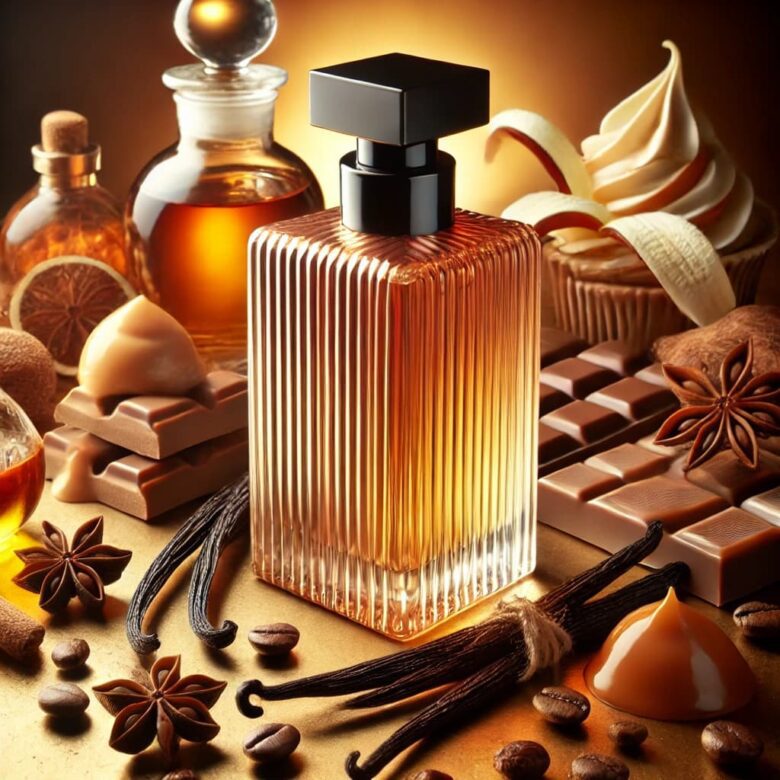

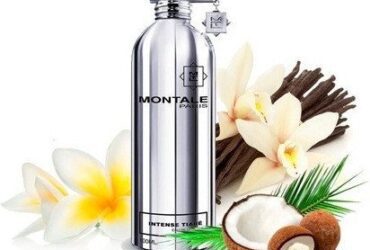
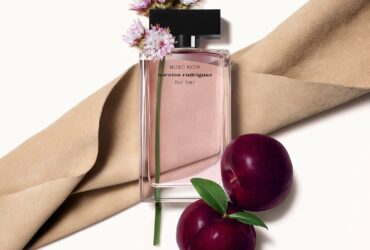
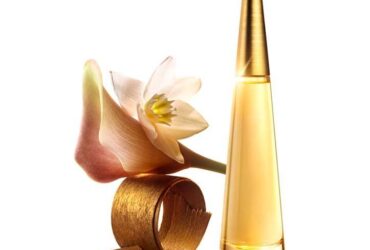
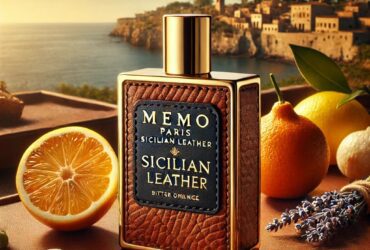
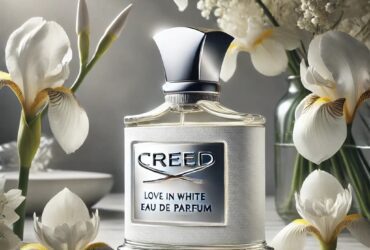


Leave a Reply